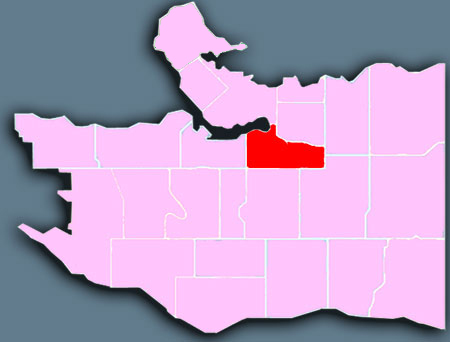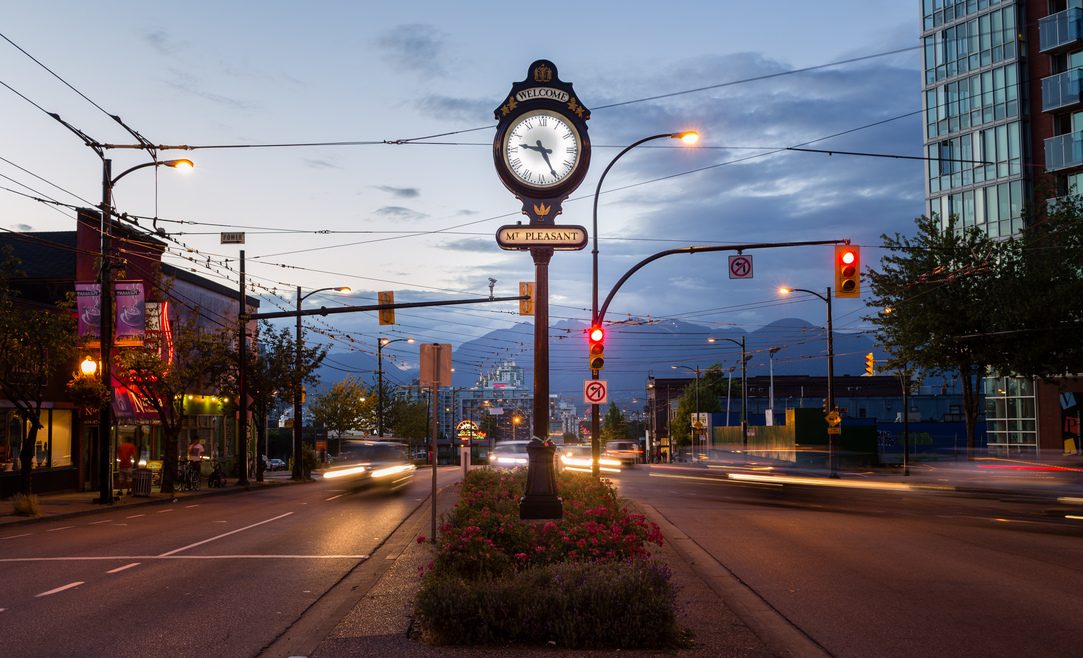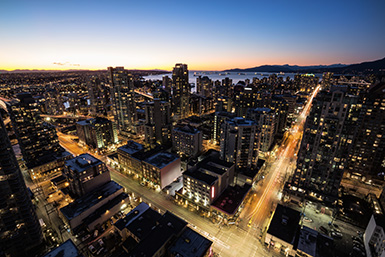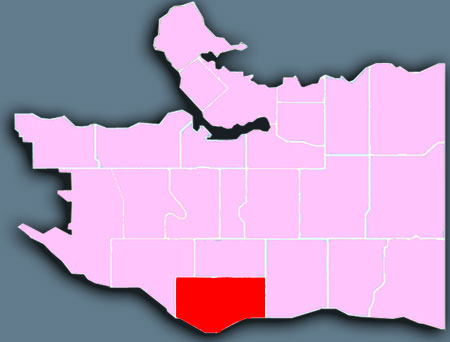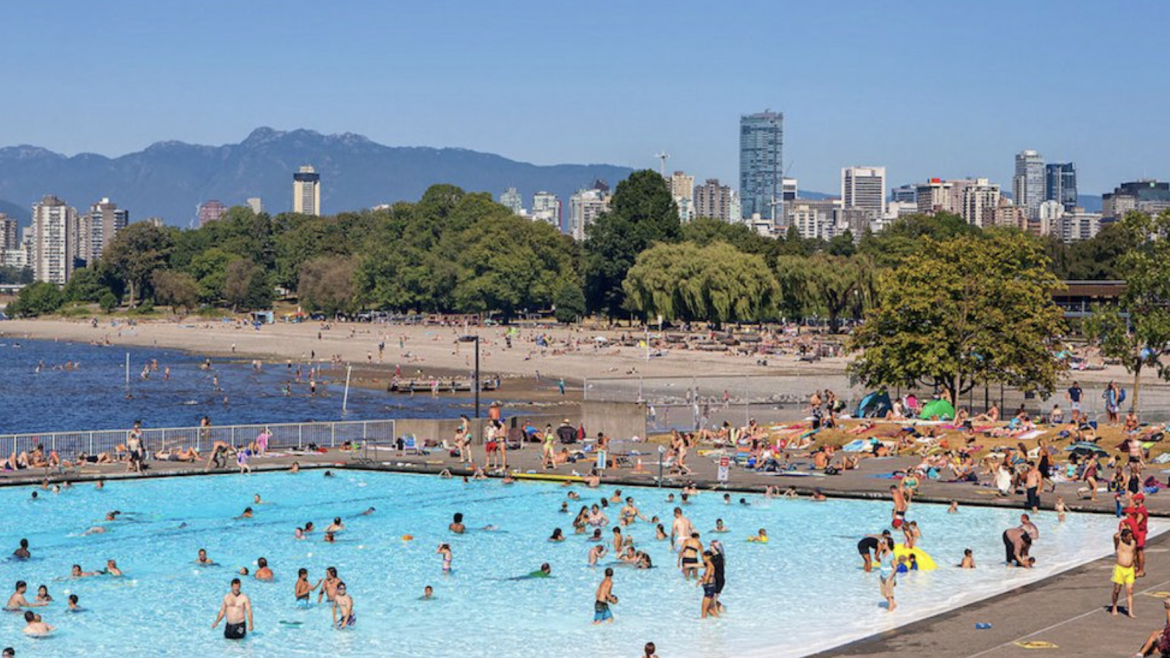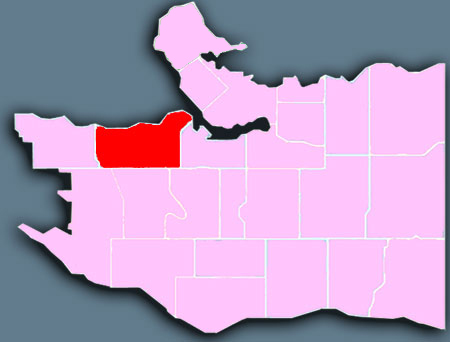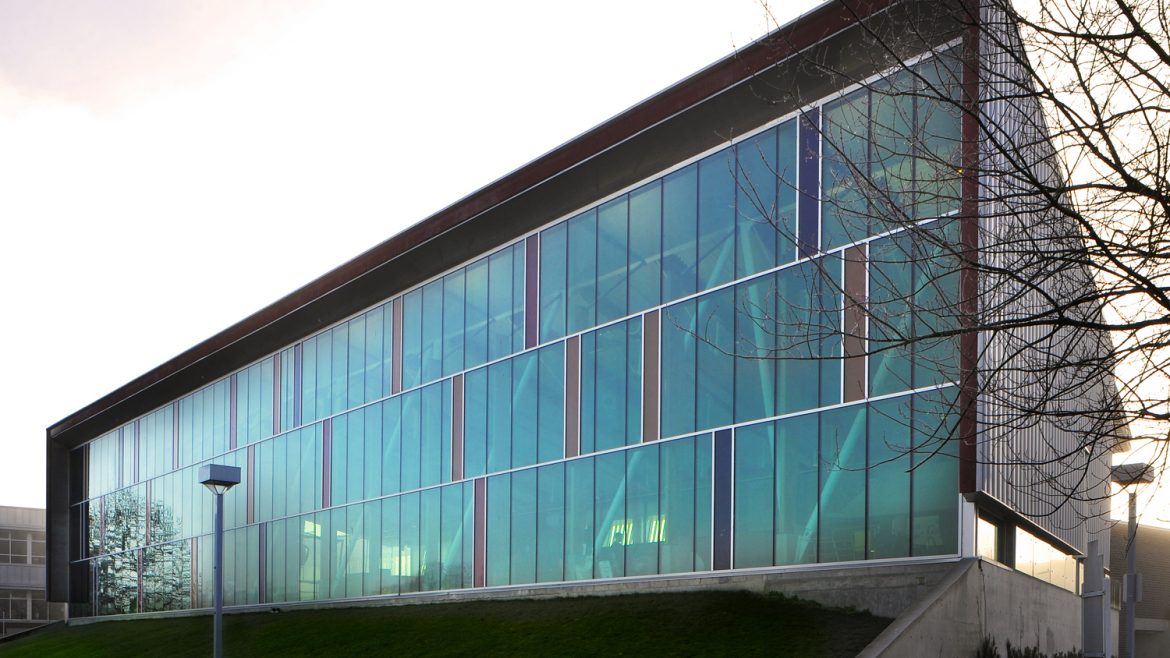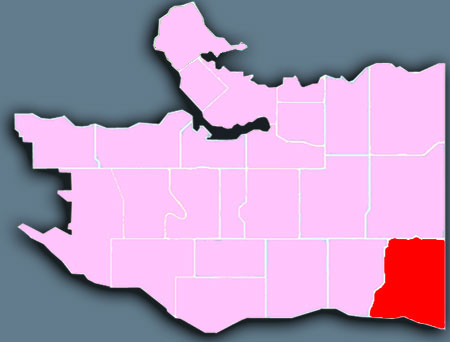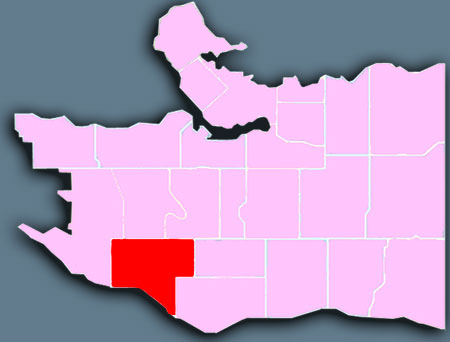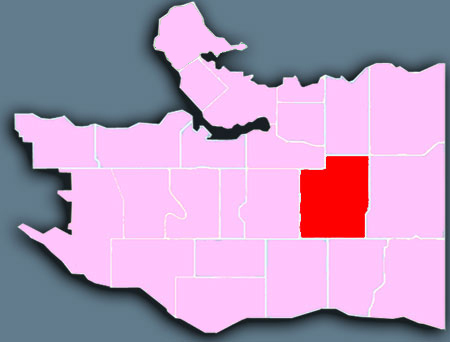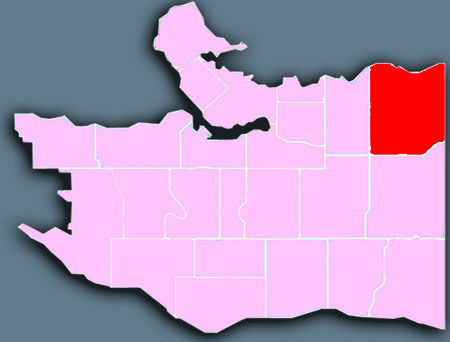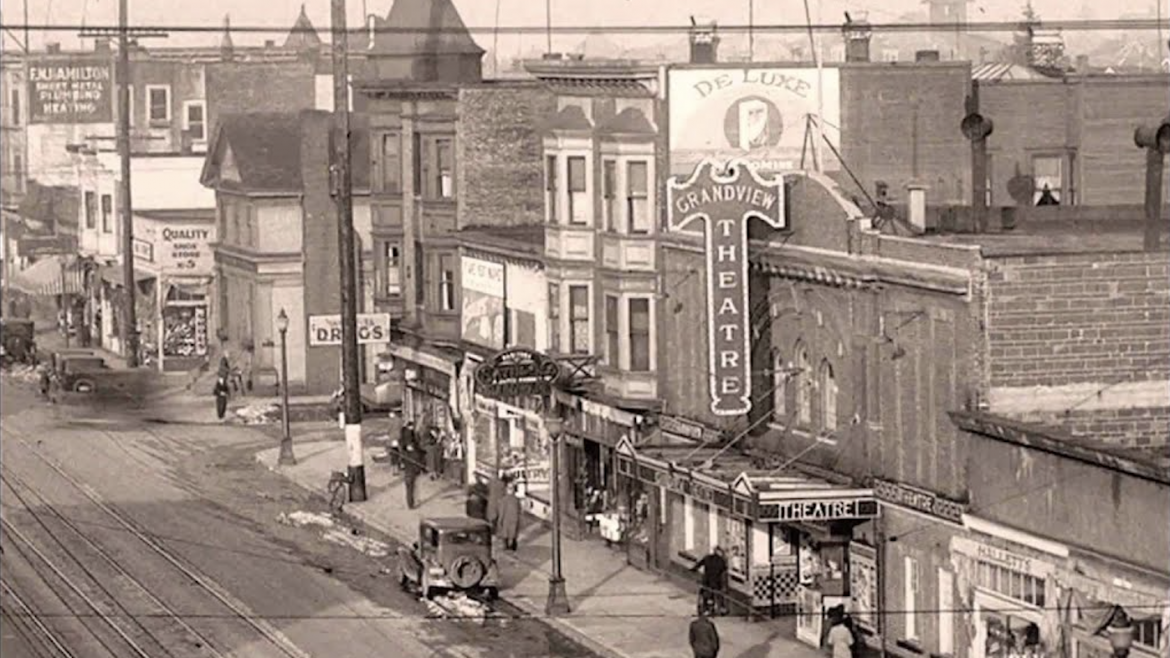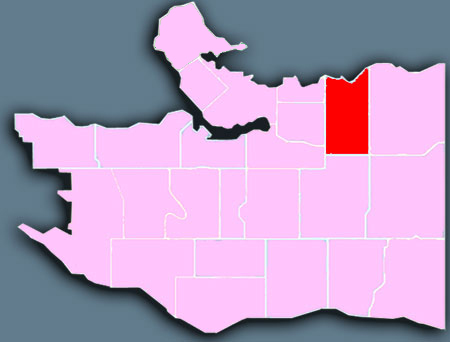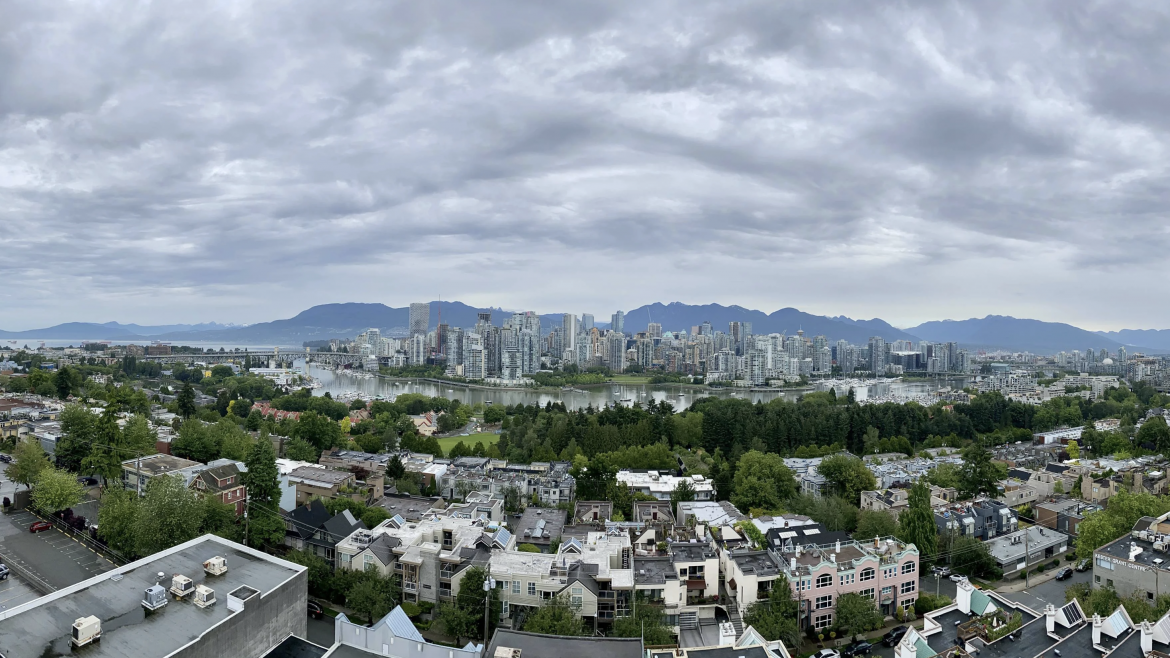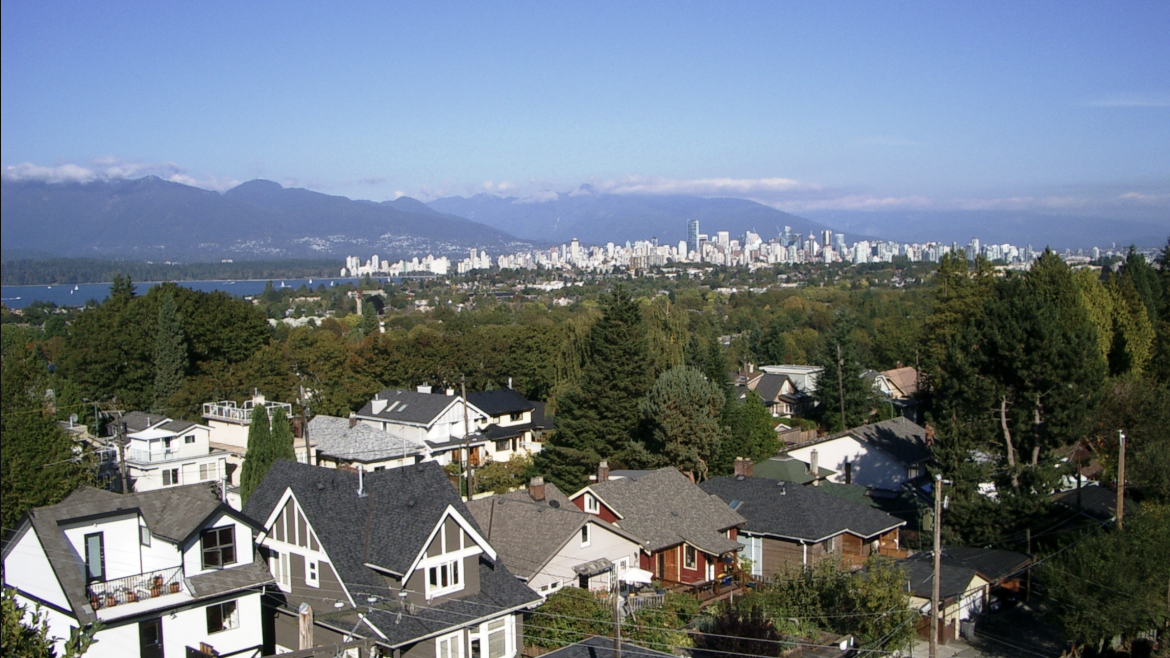Mount Pleasant
Mount Pleasant is a vibrant and eclectic area known for its unusual stores, heritage buildings, artistic residents, and arts-focused festivals. The area is popular with first-time homebuyers, urban professionals, and families. Mount Pleasant runs from False Creek southeast and up the slope toward the busy Mount Pleasant shopping district, where Broadway, Kingsway, and Main Street meet.
Mount Pleasant is known as one of the more up and coming neighbourhoods, especially in the communities surrounding Vancouver’s downtown peninsula. Many first-time homeowners and young professionals, as well as a growing number of families, call Mount Pleasant home. It is also home to a number of artists and writers, including CBC personalities Ian Hanomansing and Tod Maffin, The Tyee editor David Beers and documentary filmmaker Peter W. Klein.
Neighbourhood history and heritage
The proximity to the business district of Vancouver and the availability of a quality water supply (Brewery Creek) made the area an ideal place for early industry and settlement. Early expectations were that Mount Pleasant would develop as Vancouver’s fashionable “uptown.” The area high above False Creek was named “Mount Pleasant” in 1888, after the Irish birthplace of the wife of H.V. Edmonds. Edmonds, clerk of the municipal council in New Westminster, was the original owner of much of Mount Pleasant.
